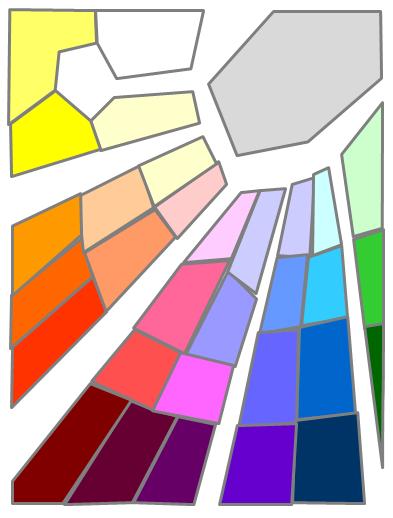This weekend (well, Friday evening) is the third anniversary of moving to the cottage. I don't feel that we've accomplished as much in the last year, in house and garden, but here's a round-up, nonetheless.
It was a good year for
cut flowers (in contrast to this year: the gladioli are nowhere near flowering).
We had an inspirational visit to
Witley Court, and bought the 'seed' plants for the box edging to the herb garden.
The autumn
preserving was productive, with jams, chutneys, and jellies.
We bought and planted a
quince, and other fruit trees, making the garden, technically, an orchard.
I installed FreeSat, meaning we've had
working TV for the last nine months.
Our
biomass heating system has been
a disappointment, and has diverted a lot of time and energy towards making it workable since March. It's still unmanageable at the moment: the last few weekends have been spent constructing a proper wood shelter for seasoning, and it'll still take several more weeks. With that built, we're still looking at a
lot of wood, far more than planned, but hopefully a split-able amount when spread properly over the year.
We laid out a
plan for the seating corner of the garden, which was later fleshed out with a top-level planting scheme following RHS Tatton Park.
We were very pleased with how the front garden
looked this spring, and it's continued looking good all summer.
It's been a good year for
brewing,
new plants, and
visits to other gardens. It's been a difficult growing year, with poor weather and too many slugs. Yields are down on last year, and some things (peas, beans, courgettes) have almost entirely failed. On the other hand the soft fruit (especially the currants) have done well, and the
new rhubarb has settled in and grown strongly.
Perhaps not that bad a year. In the next twelve months, we'd like to dig and drain the seating corner, start the herb and rose garden, and maybe (start to) dig the pond. It'd be nice to also start the beds in the copse, but that might be too much. Less significant, but really useful would be getting the weed suppressant membrane down in the vegetable garden's paths. And maybe, just maybe, we can get the heating sorted.




















